"I have set my home page to the default one but each time I open a new tab the browser go to:http://feed.helperbar.com/?publisher=W3i&dpid=W3i&co=GB&range=73&searchtype=nt&isid=9860."
Problem with http://feed.helperbar.com/, have you ever heard of it? If you have the same problem, please read more here to get more information.

Browser keeps going to feed.helpbar.com
Feed.helpbar.com is a type of browser hijacker that gets inside the target computer, this program will start to modify the settings of browsers. This search engine looks like a safe web search that offers a single source to search the Web, images, audio, video, and news from Google, Yahoo!, Bing, and many more search engines. It can affect all brands of browsers such as Internet Explorer, Google Chrome, and Mozilla Firefox, Yahoo, Bing. Whenever you open a new tab, it goes to my new tab page, then it gets redirected to http://feed.helperbar.com/?p=(Random letters and numbers) which then redirects to http://search.snapdo.com/?st=nt&q=. So that it may bring some traffic boost which increases the viewpoint of the sites.
http://feed.helperbar.com/ has special relationship with infamous browser hijacker that called search.snap.do. If your computer has infected with Feed.helpbar.com, each time you open your web browsers, you will be redirected to its own sites and then switch to snapdo.com immediately.
Feed.helpbar.com can show a lot of popup ads when they open the web browsers. These ads are about commercial that shows on the webpage which take up the whole screen. Its main aim is to boost traffic and generate pop up ads to make money. Like other browser hijacker, it can help hackers to trace the browsing behaviors and steal personal data from infected system. So you should not keep this browser hijacker on your PC.
Fixable Steps to Remove http://feed.helperbar.com/
Step 1: Stop all related process in Windows Task Manager.
To stop all related processes, press CTRL+ALT+DEL to open the Windows Task Manager. Click on the “Processes” tab, search this popup then right-click it and select “End Process” key.
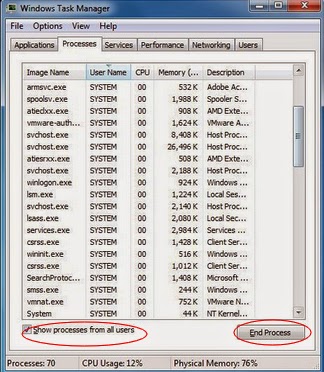
Windows 8:
Right-click the taskbar and select “Task Manager”. Click “More details” button when you see the Task Manager box. After that, hit “Details” tab to find out the processes of the adware and then hit the End task button.
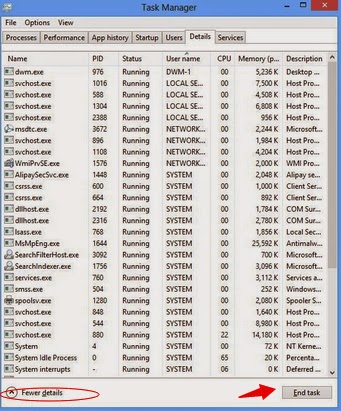
Step 2: Show hidden files and folders.
Windows 8:
Open Windows Explorer from the Start screen. Click View tab. Tick “File name extensions” and “Hidden items” options and then press OK to show all hidden items.
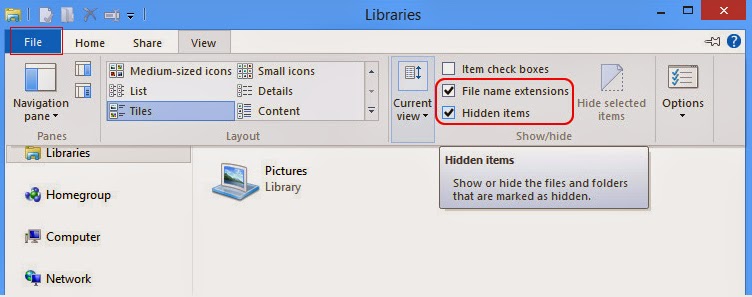
Windows 7/Vista/XP:
(1). Click on the Start button and then on Control Panel
(2). Click on the Appearance and Personalization link
(3). Click on the Folder Options link
(4). Click on the View tab in the Folder Options window
(5). Choose the Show hidden files, folders, and drives under the Hidden files and folders category
(6). Click OK at the bottom of the Folder Options window.
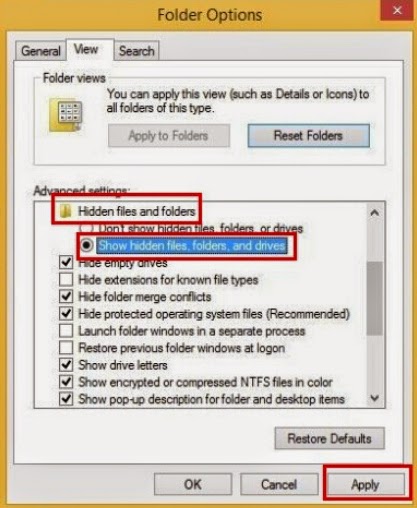
Step 3: Delete unwanted software
Win8 users:
1. Press Win+R, type in “control” and tap Enter
2. Select Uninstall a program/Add or remove programs
3. Highlight the unwanted application
4. Click Uninstall/Remove
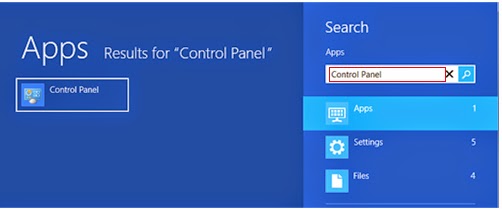
Windows 7 & Vista users:
• From the Start Menu, select Control Panel.
• Under Programs click the Uninstall a Program link.
• Select the program you wish to remove and right click then select Uninstall/Change.
• Follow the prompts to finish the uninstallation of the software.
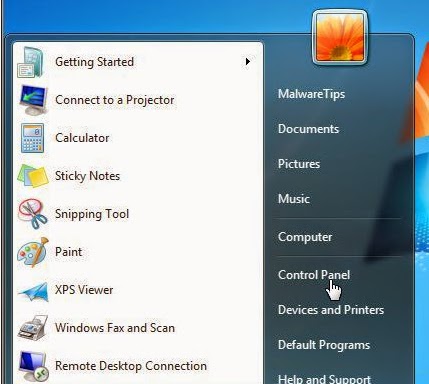
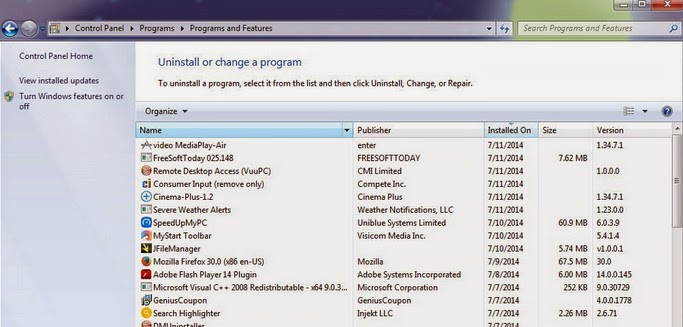
Windows XP users:
• From the Start Menu, select Control Panel.
• Click the Add or Remove Programs icon.
• Select the program you wish to remove and right click then select Uninstall/Change.
• Follow the prompts to finish the uninstallation of the software.

Remove http://feed.helperbar.com/ from Chrome/IE/Firefox:
If you use Chrome:
Open Chrome.
Click on the Chrome menu and select Settings.
Click on Extensions in the left side menu.
Remove/Disable the Delta Toolbar.
Go back to select Settings.
In the Search section, click Manage search engines and remove s.yimg.com from the default search engines list. Click OK to save the changes.
In the Chrome menu, select Settings.
In the On Startup section, Click on Set Pages and delete the Delta URL (you can set a different home page by entering a URL of your choice).
Click Ok to save the changes.
In the Appearance section, click on Change and delete the Delta URL (you can set a different home page). Click Ok to save the changes.
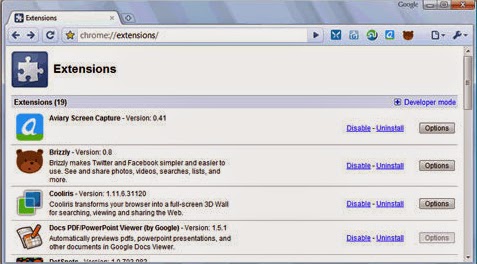
If you use IE:
Click on “Tools” and select Manage add-ons.
Under Add-on Types, select Toolbars and Extensions.
In the right pane, select Delta Toolbar & Delta helper Object and click on the Disable button. Under Add-on Types, select Search Providers.
Select it and click the Remove button.
In the General tab, delete the Delta URL from the Home page text box.
Click OK to save the changes
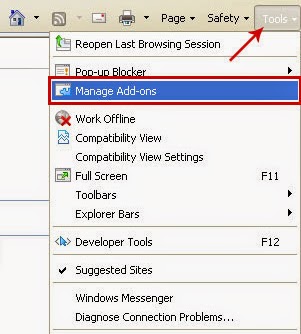
If you use Firefox:
Open Mozilla Firefox.
From the Firefox orange button (or from the standard Tools menu), click on Add-ons.
Make sure Extensions is selected in the Add-ons manager left side menu bar
Disable or remove the Delta Toolbar add-on
In the General tab, delete the Delta URL from the home page text box.
Click OK to save the changes.
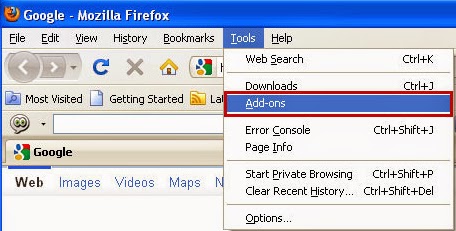
Step 4: Download SpyHunter's Malware Scanner to Detect and Remove http://feed.helperbar.com/.
1: Click download button below to download SpyHunter.2: You just need to follow the installation prompts on your screen and don’t make any change during the installing procedure.
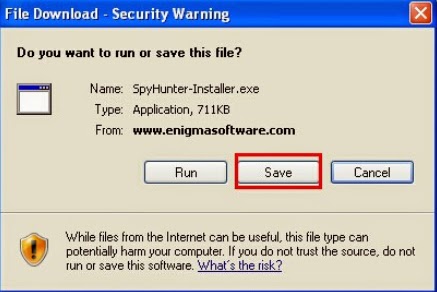
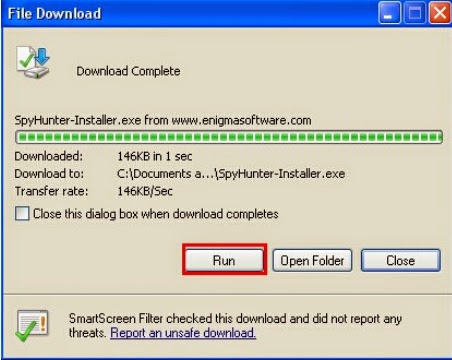
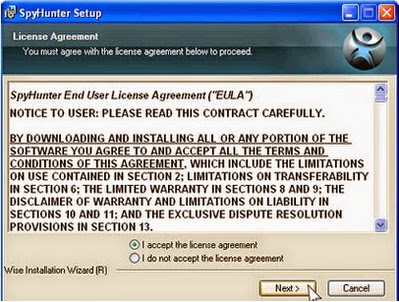
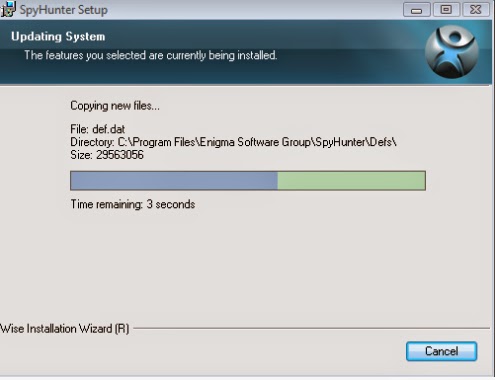
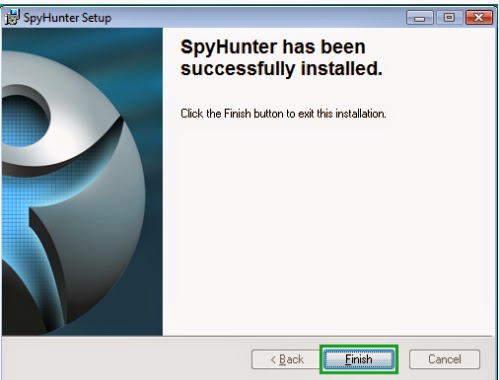
3: If you have installed SpyHunter successfully, please SCAN your computer by clicking MALWARE SCAN or SCAN NOW button.
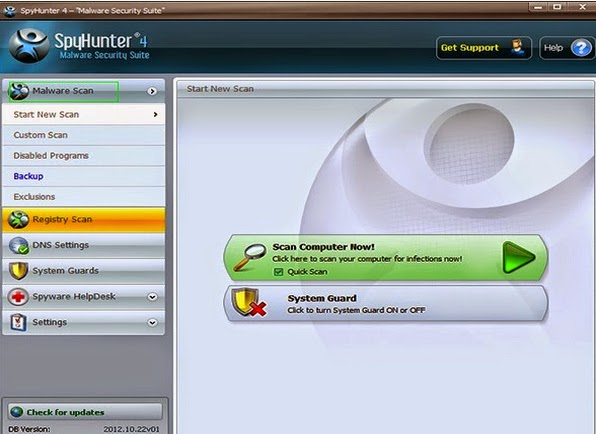
4: Once scan completes, please remove all noted infected files.
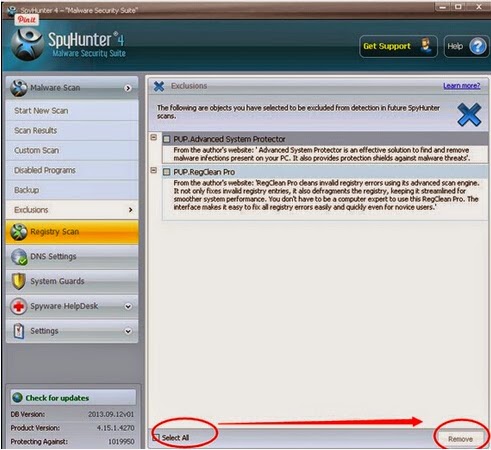
Shortly:
http://feed.helperbar.com/can be installed on the computer via being bundled with freeware, embedding with spam email attachments, or inserting into popup ads or links. after installed, it starts to make changes of the browser settings and then trigger a bunch of redirects and pop-up ads. You have to remove it with reliable removal tool here to uninstall it quickly.
No comments:
Post a Comment